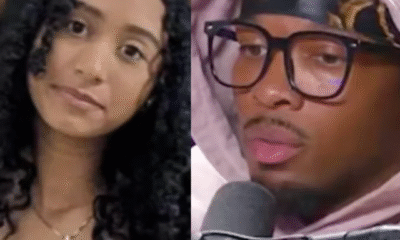Entertainment
Riley Keough Reveals How Daughter’s Name Pays Homage to Elvis Presley on August 8, 2023 at 1:10 pm Us Weekly
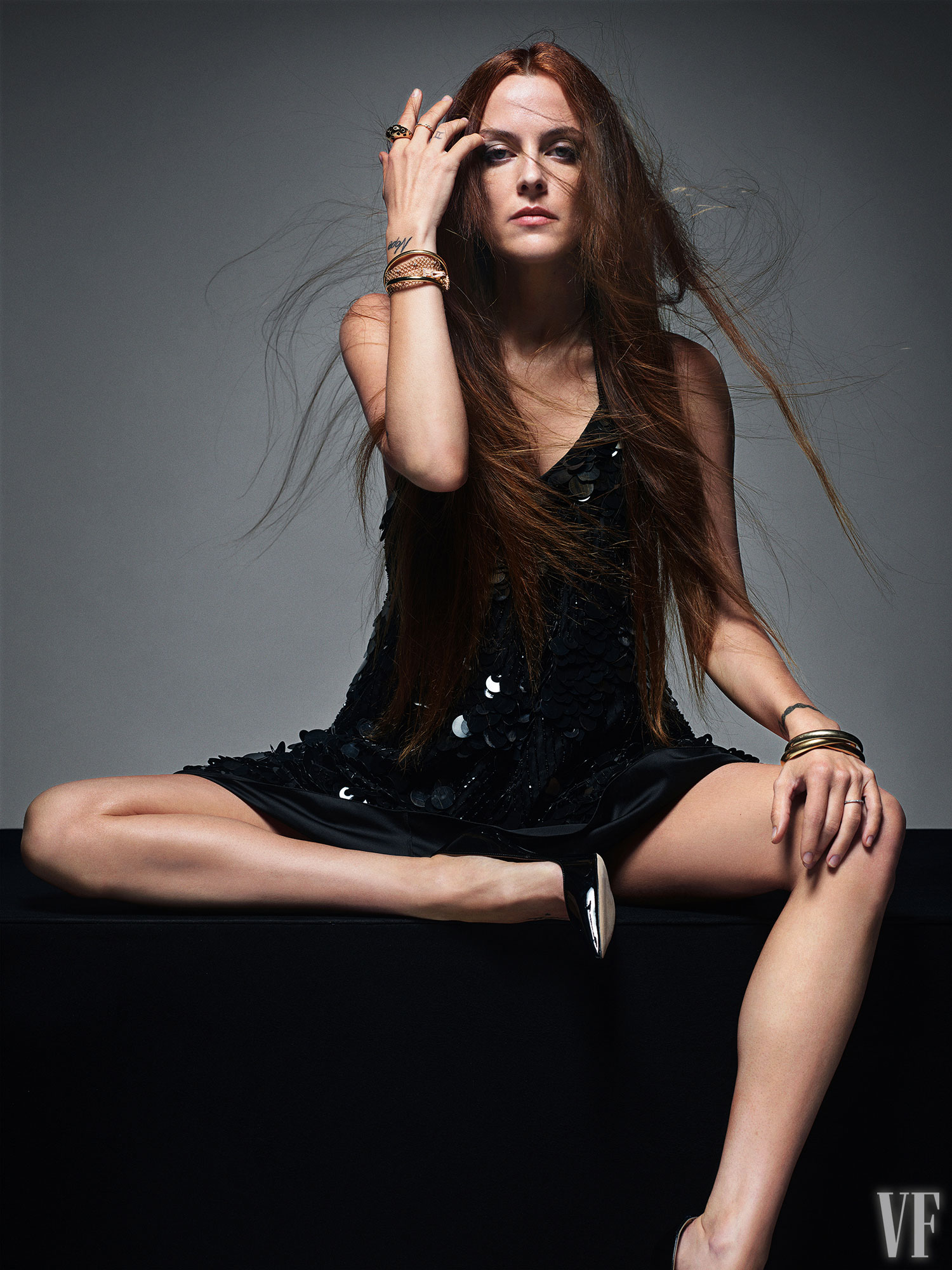
Nearly one year after becoming a mom, Riley Keough is opening up about her decision to welcome her first baby — daughter Tupelo Storm — via surrogate.
“I can carry children, but it felt like the best choice for what I had going on physically with the autoimmune stuff,” Keough, 34, explained in her September 2023 Vanity Fair cover story, published online Tuesday, August 8. (The actress has previously been candid about battling Lyme disease.)
Us Weekly confirmed in January that Keough and her husband, Ben Smith-Petersen, secretly welcomed a baby girl. The couple got engaged in 2014, tying the knot one year later.
Both Keough and Smith-Petersen have been tight-lipped about their path to parenthood. In March, Keough opened up for the first time about being a mom, revealing to Interview magazine that her daughter arrived in 2022.
While chatting with Vanity Fair, Keough shed additional light on the surrogacy process, gushing, “I think it’s a very cool, selfless, and incredible act that these women do to help other people.”
Riley Keough Mario Sorrenti/Vanity Fair
The Daisy Jones & the Six star went on to describe the special connection her daughter’s name has to her family’s legacy. Keough’s grandfather Elvis Presley hails from Tupelo, Mississippi, and she initially thought the reference might fly under the radar.
“It’s funny because we picked her name before the Elvis movie,” she told the outlet. “I was like, ‘This is great because it’s not really a well-known word or name in relation to my family — it’s not like Memphis or something. Then when the Elvis movie came out [in 2022], it was like, Tupelo this and Tupelo that. I was like, ‘Oh, no.’ But it’s fine.”
Along with honoring Presley, Keough included an homage to her late brother, Benjamin Storm, with her daughter’s middle name. (Benjamin died by suicide in 2020 at age 27.)
While her name is tied to Keough’s side of the family, Tupelo bares a stronger physical resemblance to her father. “She’s literally like someone shrunk my husband and that’s our baby,” the Emmy nominee said, teasing that she sees herself in one single curl on her daughter’s head.
Keough got emotional while discussing her vision for herself as a mom. “This is the thing in my life so far that I have really wanted to, quote-unquote, get right,” she explained. “I don’t think you ever can be a perfect parent, but I would like to be the best mom for her that I can be. That’s … very important to me.”
Less than six months after Tupelo was born, Keough’s mother, Lisa Marie Presley, died at age 54 in January after suffering cardiac arrest. An autopsy report later revealed that Lisa Marie’s death was caused by “small bowel obstruction caused by scar tissue that developed after a previous bariatric surgery.”
Mario Sorrenti/Vanity Fair
A funeral service was held for Lisa Marie at the Graceland estate in Tennessee weeks after her death. During the ceremony, Smith-Petersen read a eulogy penned by his wife.
“Thank you for being my mother in this life. I am eternally grateful to have spent 33 years with you,” the tribute began. “I’m certain I chose the best mother for me in this world and I knew that as far back as I can remember you. … I remember everything.”
Keough’s message continued: “I remember how it felt to be loved by the most loving mother I’ve ever known. … Thank you for showing me that love is the only thing that matters in this life. I hope I can love my daughter the way you loved me, the way you loved my brother and my sisters.”
Nearly one year after becoming a mom, Riley Keough is opening up about her decision to welcome her first baby — daughter Tupelo Storm — via surrogate. “I can carry children, but it felt like the best choice for what I had going on physically with the autoimmune stuff,” Keough, 34, explained in her September
Us Weekly Read More
Entertainment
California Bans AI Clones from Replacing Real Talent

California just made a dramatic stand for human creativity, defeating the threat of AI actor clones with a sweeping new law that puts people—not algorithms—back in the Hollywood spotlight. With the stroke of Governor Gavin Newsom’s pen in October 2025, the state has sent a clear message to studios, tech companies, and the world: entertainment’s heart belongs to those who create and perform, not to digital facsimiles.
California Draws a Hard Line: No More AI Clones
For months, the entertainment industry has been divided over the use of artificial intelligence in filmmaking. Studios, lured by promises of cost-cutting and creative flexibility, have invested in software that can mimic an actor’s face, voice, and even emotional range. But for performers, this wave of synthetic reproduction has triggered alarm—encouraged by chilling stories of deepfakes, unauthorized digital doubles, and contracts that let studios reuse a star’s likeness indefinitely, sometimes without pay or approval.
The new California law, anchored by AB 2602 and AB 1836, changes everything:
- Every contract must explicitly detail how studios can use digital replicas or voice models, preventing once-common “blank check” agreements that overlooked this risk.
- No one—not studios nor streaming giants—can create or release AI-generated clones of an actor, living or dead, without clear, written consent from the performer or their estate.
- The law gives families new powers to defend loved ones from posthumous deepfake exploitation, closing painful loopholes that once let virtual versions of late icons appear in new ads, films, or games.
Actors Celebrate a Major Victory
The legislation rides the momentum of the recent SAG-AFTRA strike, where real-life talent demanded control over their own digital destinies. Leaders say these protections will empower artists to negotiate fair contracts and refuse participation in projects that cross ethical lines, restoring dignity and choice in an industry threatened by silent algorithms.
Stars, unions, and advocacy groups are hailing the law as the most robust defense yet against unwanted AI replications.
As one actor put it, “This isn’t just about money—it’s about identity, legacy, and respect for real artists in a synthetic age.”
A New Chapter for the Entertainment Industry
California’s move isn’t just a victory for local talent—it’s a warning shot to studios everywhere. Companies will now be forced to rethink production pipelines, consult legal counsel, and obtain proper clearance before digitally cloning anyone. Global entertainment platforms and tech developers will need to comply if they want to do business in the world’s entertainment capital.

These laws also set a template likely to ripple through other creative fields, from musicians whose voices can be synthesized to writers whose work could be mimicked by generative AI. For now, California performers finally have a powerful shield, ready to fight for the right to shape their own public image.
Conclusion: Human Talent Takes Center Stage
With its no-nonsense ban on AI actor clones, California draws a bold line, championing the work, likeness, and very humanity of its creative stars. It’s a landmark step that forces the entertainment industry to choose: respect real talent, or face real consequences. The age of the consentless digital double is over—human performers remain the true source of Hollywood magic.
Entertainment
Chaos and Comedy: Darby Kingman’s “Camp Wackapoo: Rise of Glog”
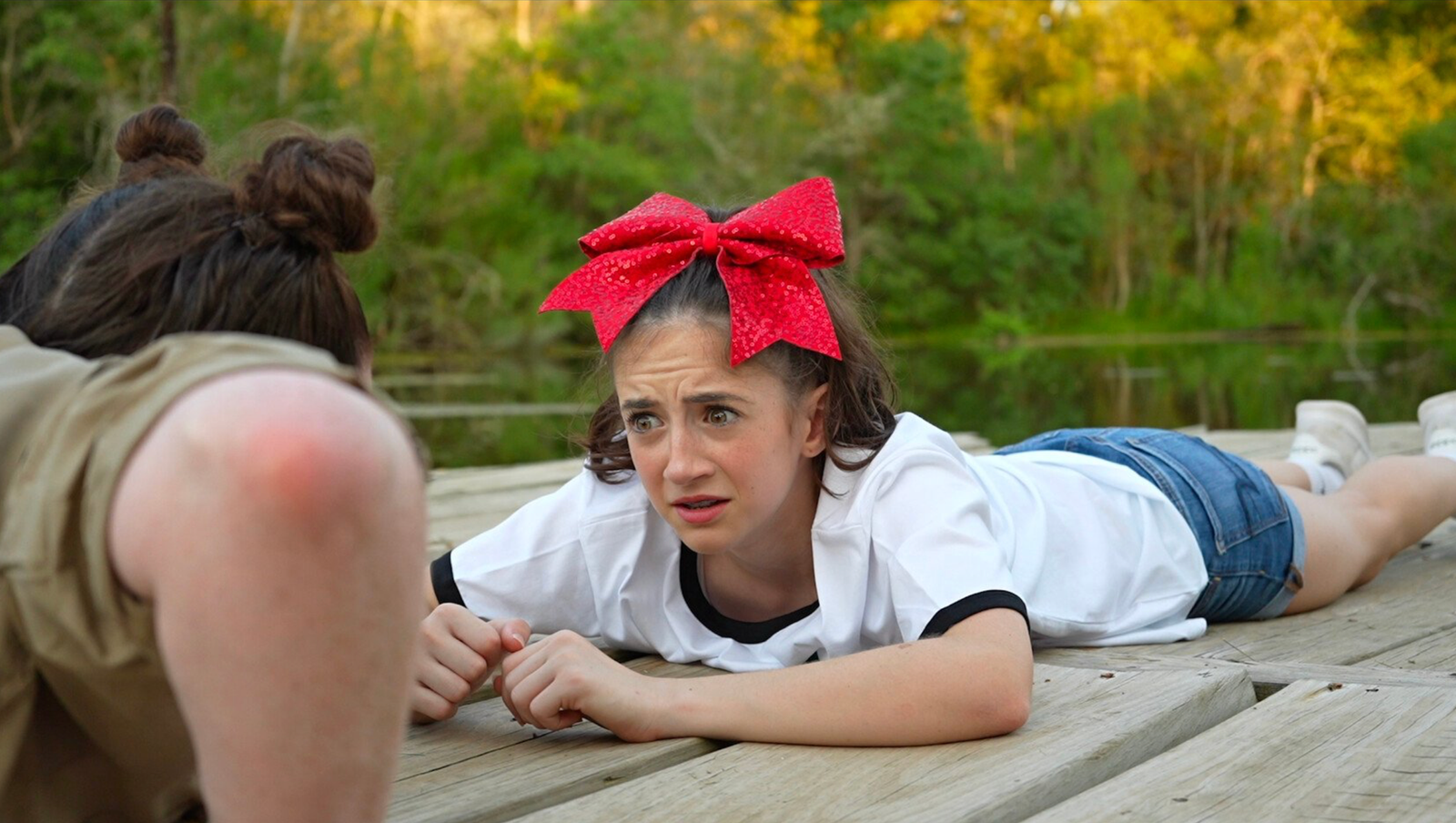
Darby Kingman’s “Camp Wackapoo: Rise of Glog” redefines summer camp comedy with a wild, energetic story about ambition, chaos, and the joy of embracing the unexpected. The film centers on a relentlessly competitive camp counselor who’s determined to finish first—only to face a motley crew of unruly campers and a summer unlike any other.
As Darby puts it, “Not everything is that deep. It really honestly was to make people laugh. She has all these kids that are not working with her and she’s just losing her mind. It’s crazy, silly, goofy, and it was a blast.”
What started as a simple scene for Darby’s acting reel evolved into a full-fledged film with encouragement from her mentor at Debbie Reynolds Acting School. Darby dove into every role—writing, directing, starring, and meticulously preparing each prop and costume. “Plan and prepare, but also be flexible and ready to be in the moment—that’s when the magic happens,” she advises.
Working with a handpicked cast of her own dance students, Darby built an atmosphere of real teamwork and camaraderie. She credits the “precious” energy of her young cast, her creative director of photography, and the overall spirit of her production team for turning the project into something bigger than herself. Her experience is an inspiring blueprint for indie filmmakers:
“Take initiative and control of your career. You can’t just sit around and wait for somebody to pick you. Figure out what you’re good at and go for it. Create something that brings joy to others.”
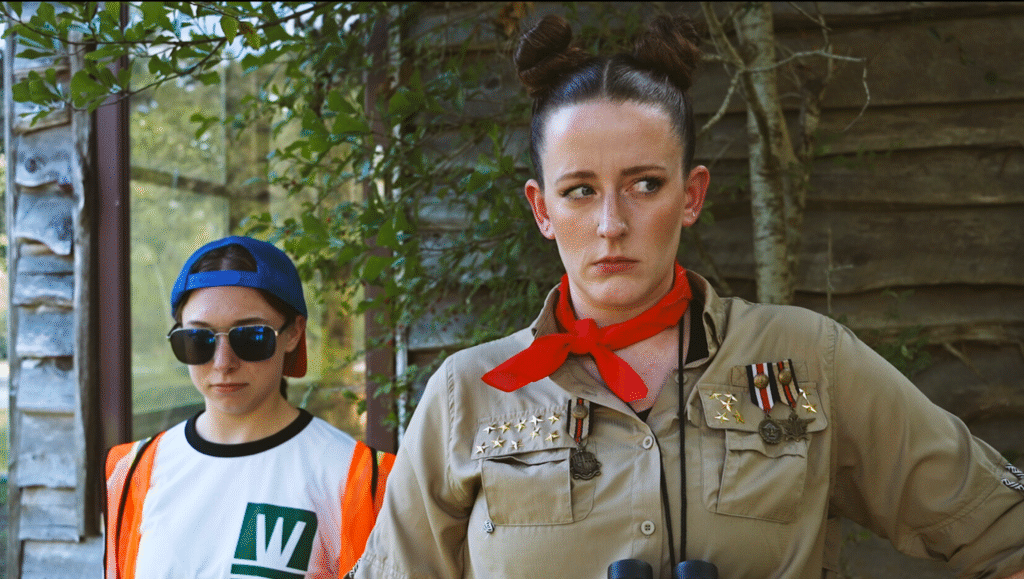
Her production motto? “Preparation is key, but you have to be ready to go with the flow—that’s when the magic happens.” Darby’s fearless creativity, focus on collaboration, and love for comedy shine throughout “Camp Wackapoo: Rise of Glog.” It’s more than just a camp satire—it’s a heartfelt testament to hard work, original humor, and leadership from the ground up: “People need to laugh right now. That’s a win.”
Catch “Camp Wackapoo: Rise of Glog” and experience Darby’s infectious energy and comic genius at the Deluxe Theatre on November 1, 2025. Get your tickets now at Houstoncomedyfilmfestival.com.
Entertainment
Diane Keaton Dies at 79
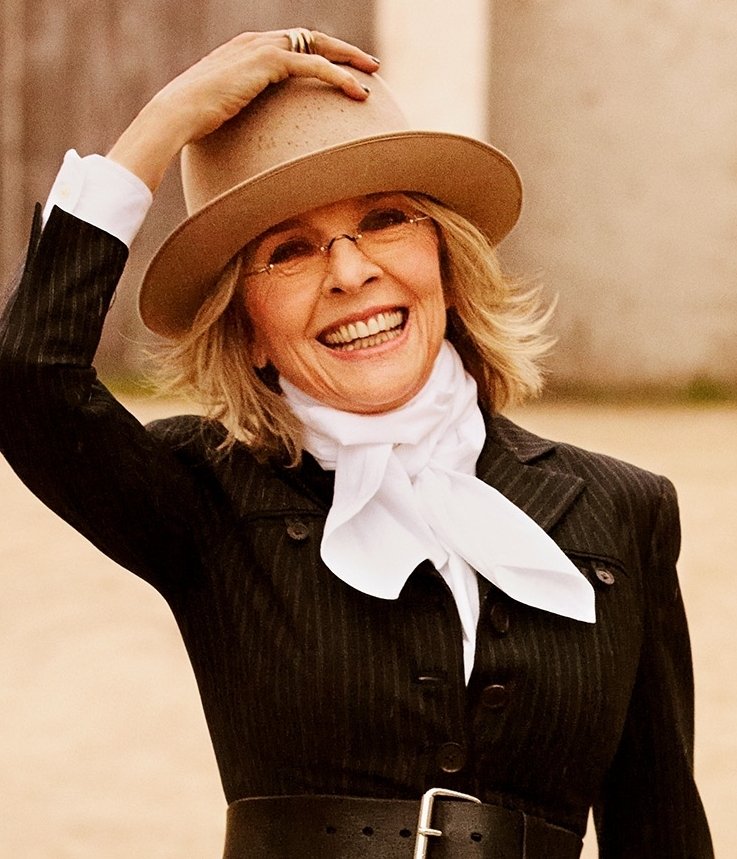
The world of film and entertainment is mourning the loss of Diane Keaton, an Oscar-winning actress renowned for her enduring talent, individuality, and influence on generations of performers and fans. Keaton died at the age of 79 in California on Saturday, October 11, 2025, her family confirmed. Details remain private, with her family requesting privacy as they grieve this profound loss.
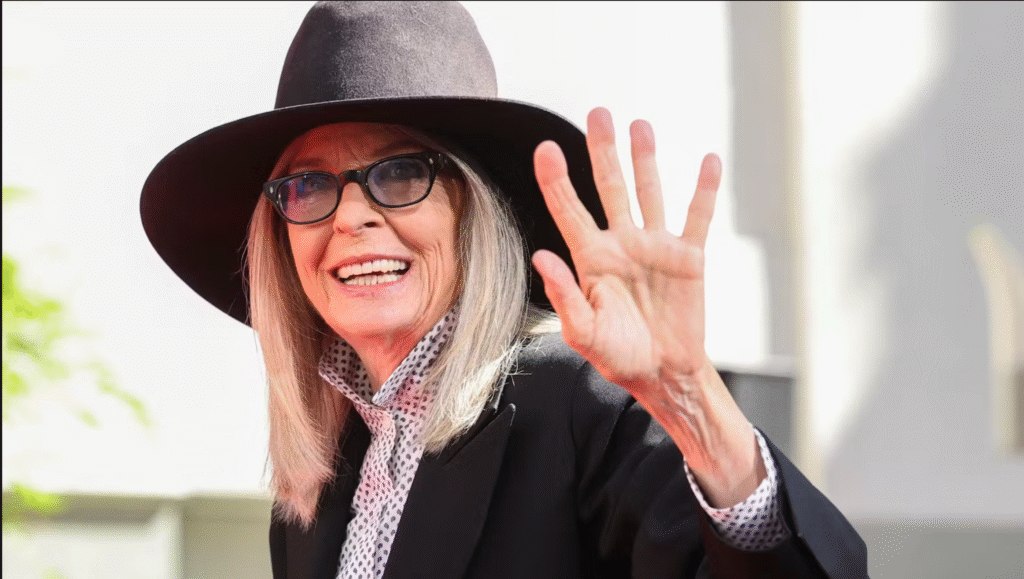
A Distinctive Talent
Diane Keaton rose to fame in the 1970s through a series of memorable roles, most notably as Kay Adams in “The Godfather” trilogy and as the quirky, unforgettable lead in Woody Allen’s “Annie Hall,” for which she won the Academy Award for Best Actress. Her performances in films like “The First Wives Club,” “Something’s Gotta Give,” and the “Book Club” series solidified her reputation as an actress with unique comedic timing and dramatic depth. Keaton was celebrated not only for her artistry but also for her androgynous fashion sense, characterized by menswear-inspired looks, hats, and an easy, effortless style that influenced generations.
Legacy and Tributes
Following the news of her passing, tributes poured in from Hollywood and beyond. Bette Midler, Goldie Hawn, and Jane Fonda were among the countless stars who expressed devastation and admiration for Keaton’s incomparable legacy. Hawn recalled their friendship and collaborations, writing: “Diane, we aren’t ready to lose you…you stole the hearts of the world and shared your genius with millions”. Midler echoed the sentiment, praising Keaton as “brilliant, beautiful, extraordinary” and a truly original presence in Hollywood.

Private Struggles and Final Months
Though fiercely independent and known for her openness, Keaton kept her declining health private in her final months. Friends and neighbors noticed her retreat from public life and social media, and she was recently seen less often in her Brentwood neighborhood. In the past, Keaton candidly discussed her ongoing battles with skin cancer and bulimia, openly advocating for personal health and authenticity.
Remembering Diane Keaton
Diane Keaton leaves behind a legacy defined by her fearless performances, unique style, and enduring influence on the arts. She is survived by her two children, Dexter and Duke. As Hollywood and her global fanbase mourn, her pioneering spirit and unmistakable voice will continue to inspire generations.

 Business4 weeks ago
Business4 weeks agoDisney Loses $3.87 Billion as Subscription Cancellations Surge After Kimmel Suspension

 Entertainment4 weeks ago
Entertainment4 weeks agoWhat the Deletion Frenzy Reveals in the David and Celeste Tragedy

 Entertainment4 weeks ago
Entertainment4 weeks agoExecutive Producer Debut: How Celia Carver Created Festival Hit ‘Afterparty’

 Film Industry4 weeks ago
Film Industry4 weeks agoCan Movie Theaters Steal the Show from Streaming?

 Health4 weeks ago
Health4 weeks agoRussia Claims 100% Success With New mRNA Cancer Vaccine

 News4 weeks ago
News4 weeks agoBody of Missing Teen Found in Tesla Linked to Musician D4vd

 Business4 weeks ago
Business4 weeks agoWhy Small Theaters Are Thriving While the Industry Struggles

 Business2 weeks ago
Business2 weeks agoWhy Are Influencers Getting $7K to Post About Israel?
























